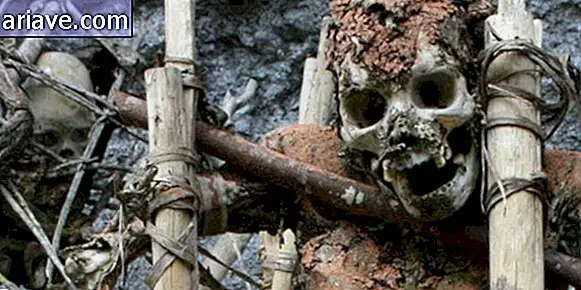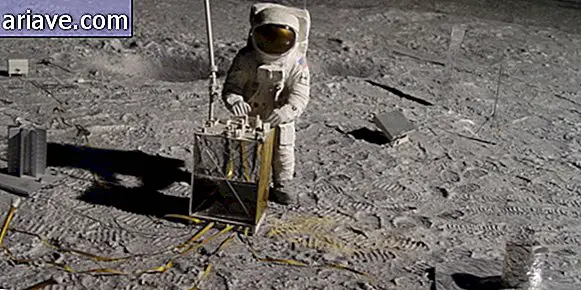Human bone tests heighten Stonehenge mystery
Turn and move we learn about new theories and discoveries related to Stonehenge - a Bronze Age monument on a Salisbury Plain in southern England. However, while researchers have made some strides in unraveling the mysteries that still surround this fascinating structure, the truth is that many unanswered questions remain about the famous circle of stones.

One of them could be Stonehenge's usefulness: would it be an ancient astronomical observatory, a place for rituals, a meeting place for the ancient peoples who inhabited the region, a Neolithic cemetery? No one can say for sure - and further analysis of bone fragments found at Stonehenge has not helped to solve the many mysteries that hang over the structure. In fact, they only contributed to generate more questions!
Outsiders
More precisely, a team of scientists reexamined a portion of human remains that were found during excavations conducted at the site between 1919 and 1926, buried again some time later and exhumed again in 2008. Well ... They don't leave the poor rest in peace!

On the first occasion, archaeologists found a total of 58 bodies - which went through the cremation process - while on the second, the researchers were able to recover bone fragments from 25 individuals and, based on radiocarbon dating, the team concluded that these people lived between two time intervals, that is, between the years 3180 and 2965 BC, and between 2565 and 2380 BC
Examinations now performed - using a technique based on isotopic analysis of strontium - revealed that of the 25 individuals, at least 10 were “outsiders”. According to the scientists, the test results, in conjunction with the archaeological findings of recent years, suggest that these 10 people did not spend their lives in the region where Stonehenge was built, but probably were from Wales, where the stones came from. that made up the monument in its early stages of construction.
And so?
And what's interesting - or rather, why does this finding raise more questions than answers about Stonehenge? The quarry from which the first stones were obtained is about 300 kilometers from where the monument was built, which may not sound like much today, but 5, 000 years ago it was almost like traveling to the other side of the planet!

The findings also support the discovery that the stones used in the early stages of the monument came from Wales, but raise the question of what - in the world - connected the two regions. After all, there is no evidence that the two peoples were involved in trade relations, for example, or clues as to what these groups might have united.
One possibility is perhaps that Stonehenge was built precisely to bring these communities closer together - perhaps after the development of a relationship involving families from both regions. Once again, it is all speculation, and instead of unraveling mysteries, the new exams just make them more interesting. Where's the time machine for us to find out at once what was this monument?
***
Do you know the Mega Curioso newsletter? Weekly, we produce exclusive content for lovers of the biggest curiosities and bizarres of this big world! Register your email and do not miss this way to keep in touch!











